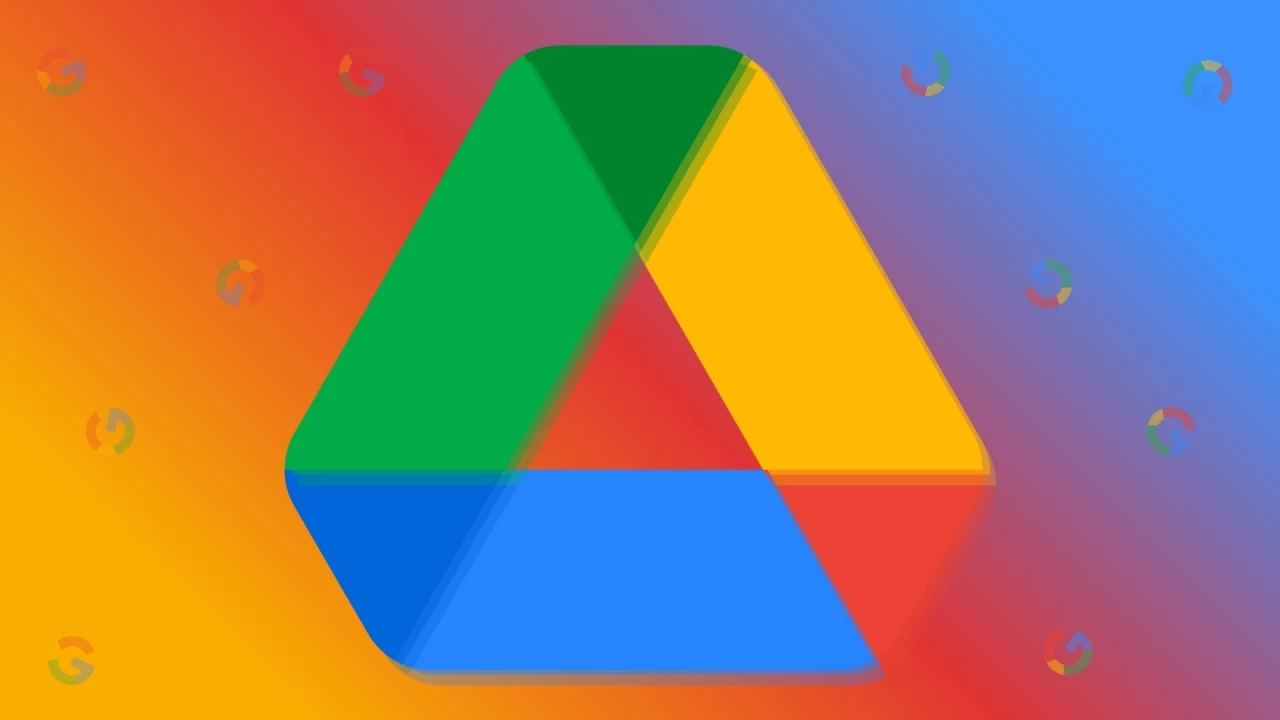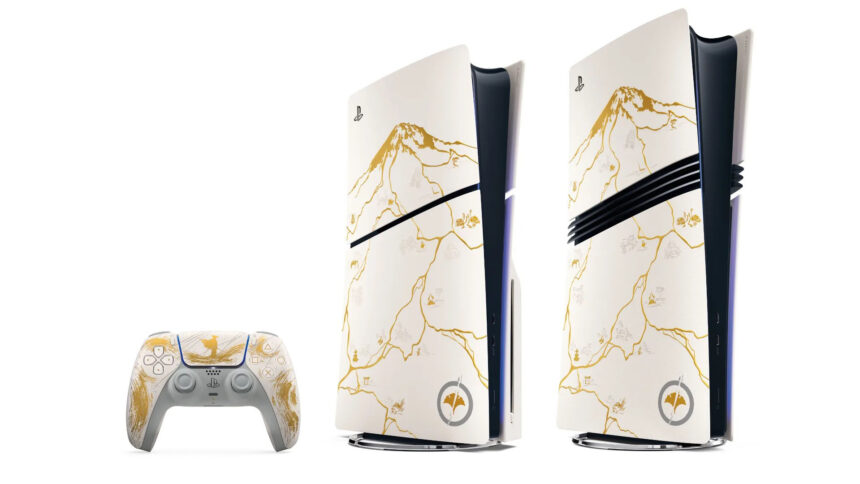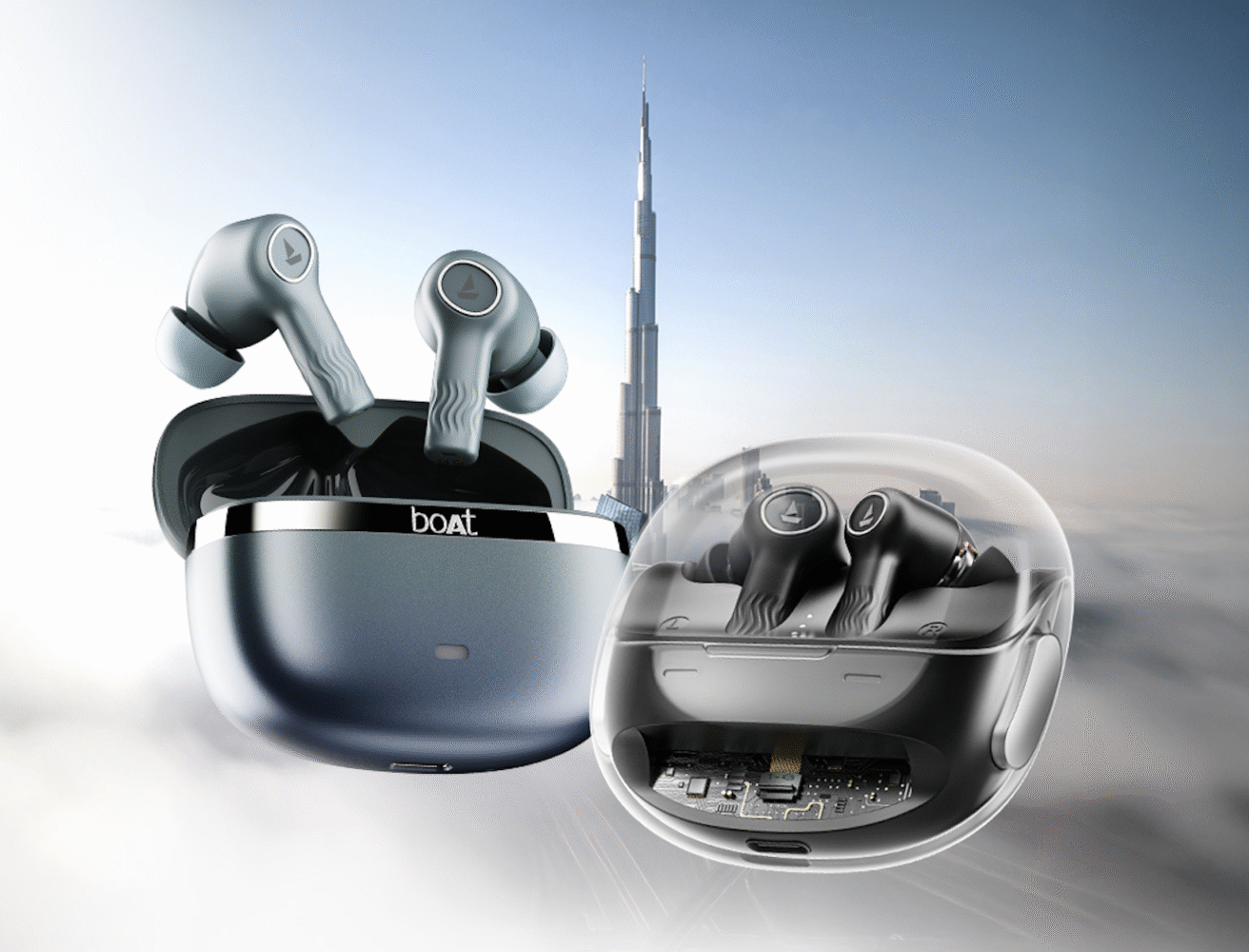[rwp-review id=”0″]
When I first received the box for the Lenovo PHAB Plus, I thought to myself “wow, this is one huge box”, making me think of the Lenovo Z2, a large phone in its own right that came in an equally large box. But I thought “hey, it can’t really be as big as this box, right?” – wrong.
Lenovo positions the PHAB Plus as a phablet – phone and tablet – but when it comes to actual usage, how you approach the device changes your perception of it. What Lenovo did, though, is package in some good specs, a mid-range CPU, and a massive Full HD display into a device that will cost you only AED 999. The result is a device that’s certainly a huge bargain, but one that isn’t without compromise. The PHAB Plus falls a bit short of what you’d expect from either a phone or a tablet, though it definitely will appeal to budget consumers given its price point.
[su_table]
| Dimensions | 186.6 x 96.6 x 7.6 mm (7.35 x 3.80 x 0.30 in) |
| Weight | 229g |
| Display | IPS |
| Size | 6.8″ |
| Resolution | 1080×1920 (324 ppi) |
| Android OS | 5.0 |
| CPU | Qualcomm Snapdragon 615 Quad-core 1.5 GHz |
| RAM | 2GB |
| Storage | 32GB microSD support up to 64 GB |
| Camera | 13MP back 5MP front |
[/su_table]
This Phone is Big
Let’s address the elephant in the room: This is a giant phone. It’s 6.8″ and is unapologetic in this regards. It flouts its gorgeous IPS 1080p display, drawing you into its rich colours and crisp text. For a phone this size, the screen is uncompromising, and I found it just perfect for watching videos, YouTube, and web browsing. In fact, for most sites, having the phone in portrait mode renders the mobile version of that site, and switching it to landscape renders the full website. I found this very nifty. The whole body is made of metal, and the antenna bands and phone curves might have you mistake it for an over-sized iPhone 6/6s Plus.

Using the PHAB as a phone, however, is a cumbersome experience. It’s nearly impossible to hold it steady for too long with one hand, and while the software allows you to shrink the screen size for one handed use, the phone’s size makes the experience a balancing act; unless you have amazing dexterity, it’s likely that the phone will slip unless you use two hands.

Viewing experience, however, is superb. Apps have a generous room to play with, and Facebook makes special use of the phone’s large display to treat it as a tablet, giving you a wide portrait mode that is gorgeous to look at and a questionable landscape mode with a side bar. Games look great as well.
Big Size, Small Performance
Size concerns aside, the biggest gripe I have the the device is the performance. Understandably, to keep it budget-friendly, Lenovo opted for a mid-range Snapdragon 615 as the driver for this behemoth. This in turns delivers an underwhelming performance. Yes, I don’t expect much oomph from the Snapdragon 615, but for a phablet of this size, it doesn’t feel right to have a mid-range CPU taking all of the workload. This is both a phone and a tablet, and I would expect that the performance would at least be strong in either.
Throughout my usage, I was faced with a lot of lag and stutter. The keyboard doesn’t quite register all key presses and takes a couple of seconds to load. Switching between apps has hiccups, and animations are a bit jittery throughout the whole OS. Web browsing, on the other hand, is a relatively smoother experience, and web pages load quite quickly.
An Average Tablet
The “tablet” side of things, Lenovo didn’t add anything to the software to take advantage of the extra screen size. Samsung, for example, took advantage of the then-unusual size of the Note and integrated a lot of functionality that caters to its consumers who are looking to do more with a bigger phone. It’s a missed opportunity for Lenovo. I am not a fan of bloatware, but Lenovo could have certainly made something special that could compete with the Galaxy Note with this price point.
The software doesn’t auto-rotate the home screen to landscape mode, further diminishing the tablet aspect of the phone. Yes, apps certainly go landscape, but the operating system itself doesn’t, even though it identifies the device as a tablet in the settings.
Camera and audio on the phablet are average. The 13MP shooter takes decent photos during the day and average selfies (if a bit soft), but low-light performance is a total miss. The camera has a plethora of functions and options, but unfortunately the processor struggles to keep up if you frequently change the settings. I found that keeping it on auto mode provided the best results all around.
Another unfortunate design feature is the speaker grill — it sits inside the band the is around the camera, sending the audio away from you. While still loud, it’s a bit tinny and doesn’t give you the full audiophile experience you’d want from a multimedia, multipurpose device.

A Mixed Bag
Lenovo’s PHAB Plus represents the best and worst of both mobile phones and tablets. It’s beautiful to look at, great for watching videos, web browsing, and apps look generously big and spacious on the device. At the same time, it is under-powered, cumbersome to hold, and doesn’t truly shine in any multimedia aspect. What you get is a jack-of-all-trades device that is unapologetic in its appearance but compromising in its delivery.
That said, though, the value for money is definitely attractive for consumers who want a phone with a very large display. The PHAB Plus is an all-in-one device that is special because it is affordable, but consumers who are looking for a pure tablet or more manageable phone size will want to look elsewhere.




